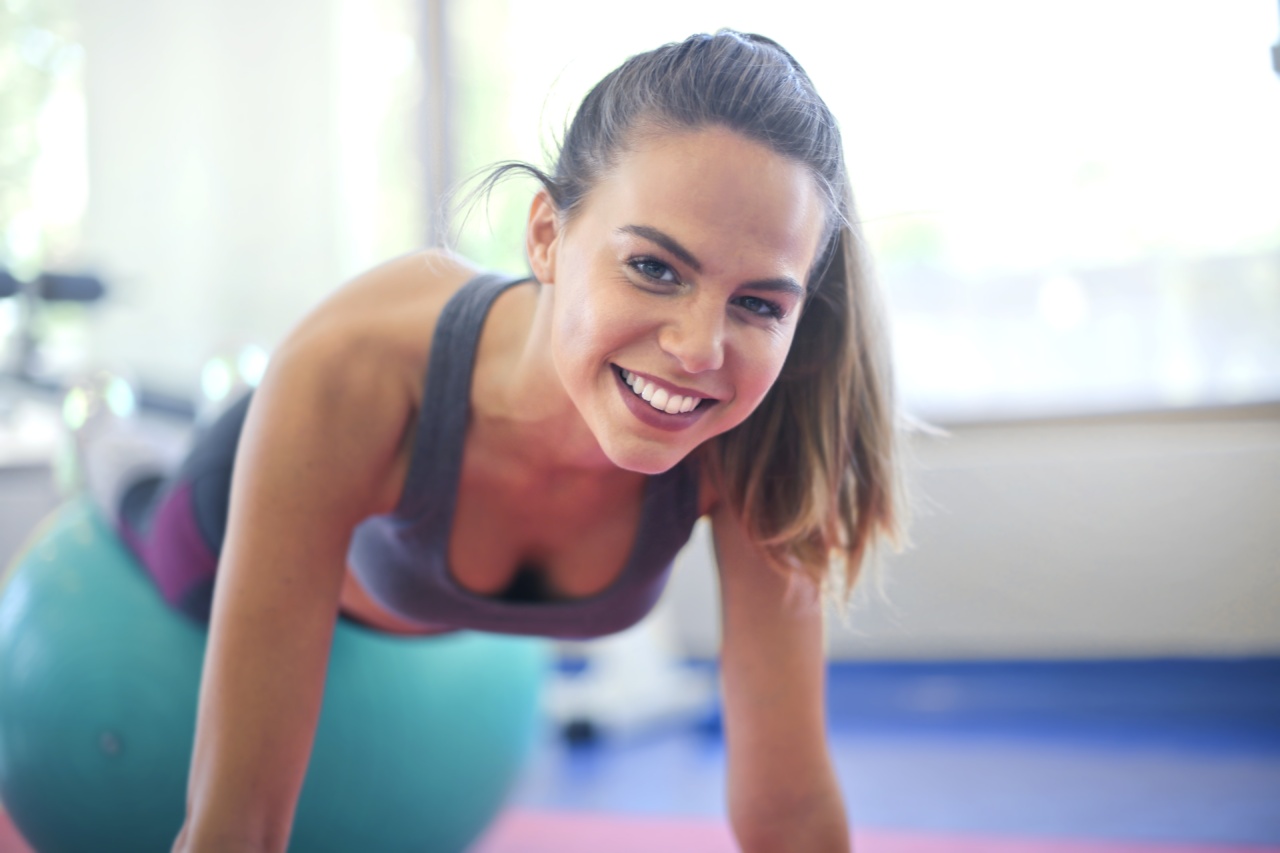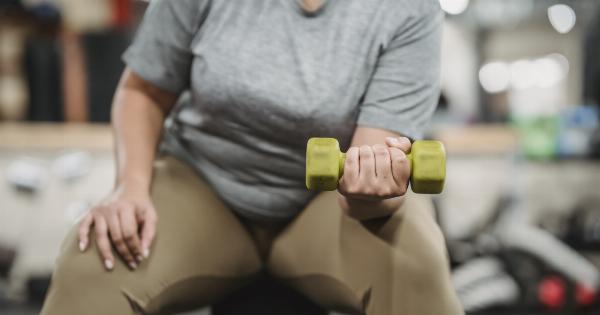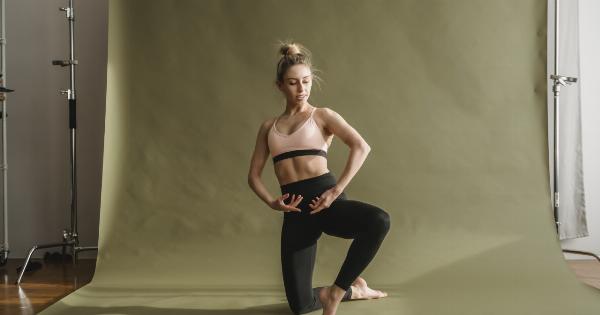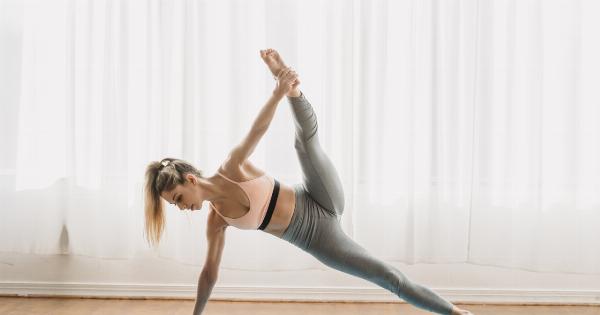Flexibility and strength are two important components of physical fitness that can greatly enhance your overall performance and well-being.
Whether you are an athlete looking to enhance your sports performance or someone aiming to improve their daily activities, incorporating exercises that target both flexibility and strength can help you achieve your goals. In this article, we will discuss four exercises that can improve your flexibility and strength.
1. Yoga
Yoga is an ancient practice that focuses on flexibility, strength, and endurance. It involves a combination of different poses, stretches, and breathing techniques that help improve flexibility by stretching and lengthening muscles.
Holding yoga poses also helps in building strength, particularly in the core, arms, and legs.
There are various types of yoga, including Hatha, Vinyasa, and Ashtanga, each with its own focus and intensity. Depending on your fitness level and goals, you can choose a style that suits you best.
Attending a yoga class led by a certified instructor is highly recommended, especially if you are new to yoga. This will ensure proper form and alignment, reducing the risk of injury.
2. Pilates
Pilates is a low-impact exercise method that emphasizes core strength, flexibility, and alignment. It uses a series of controlled movements that target specific muscle groups, particularly the core muscles.
Pilates exercises are done on a mat or using specialized equipment such as the Reformer or Cadillac.
Regular practice of Pilates can improve flexibility by elongating muscles and increasing their range of motion.
It also strengthens the muscles, especially the abdominals, glutes, and back muscles, which play a crucial role in maintaining good posture and spinal alignment.
3. Resistance Training
Resistance training, also known as strength training or weightlifting, involves the use of external resistance, such as dumbbells, barbells, or resistance bands, to build strength and muscle mass.
While many people associate resistance training with bulking up, it is also highly effective in improving flexibility.
When performing resistance exercises with a full range of motion, the muscles and tendons involved are stretched and become more flexible over time. However, it is crucial to ensure proper form and technique to minimize the risk of injury.
It is recommended to seek guidance from a qualified fitness professional when starting out with resistance training.
4. Dynamic Stretching
Dynamic stretching is a form of stretching that involves active movements of the muscles, taking them through their full range of motion.
This type of stretching is typically done before a workout or physical activity to warm up the muscles, increase blood flow, and improve flexibility.
Dynamic stretches involve controlled movements that mimic the activity or exercise you are about to perform.
For example, if you are preparing for a run, you can do walking lunges or high knees to warm up your leg muscles and increase flexibility in your hips and knees.
Dynamic stretching not only improves flexibility but also enhances muscle strength and joint stability. It prepares your body for physical exertion and helps prevent injuries during exercise.
Conclusion
Flexibility and strength are essential for overall physical fitness and well-being.
Incorporating exercises that target both flexibility and strength into your fitness routine can provide numerous benefits, including improved athletic performance, better posture, and reduced risk of injury in daily activities.
Remember to start slowly and listen to your body. It is important to gradually progress in intensity and difficulty to avoid straining or injuring your muscles.
If you are new to exercise or have any underlying health conditions, consult with a healthcare professional before starting any new exercise program.




























